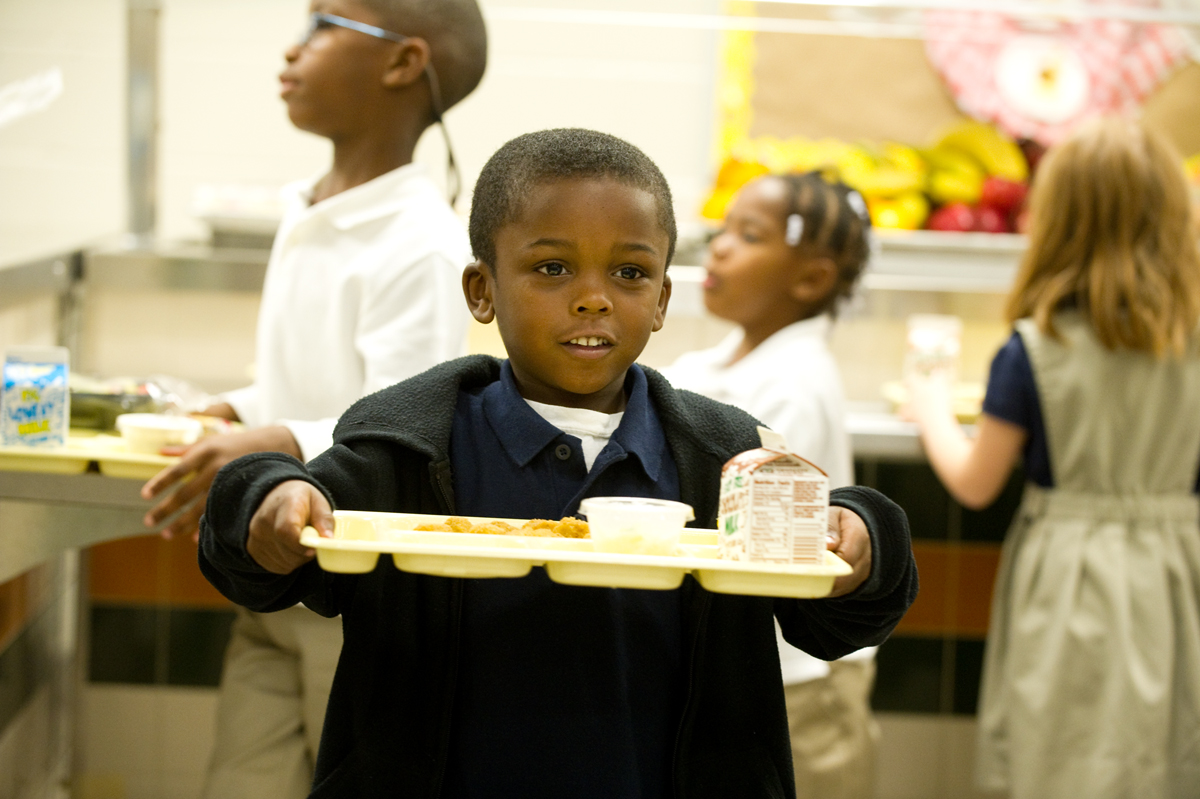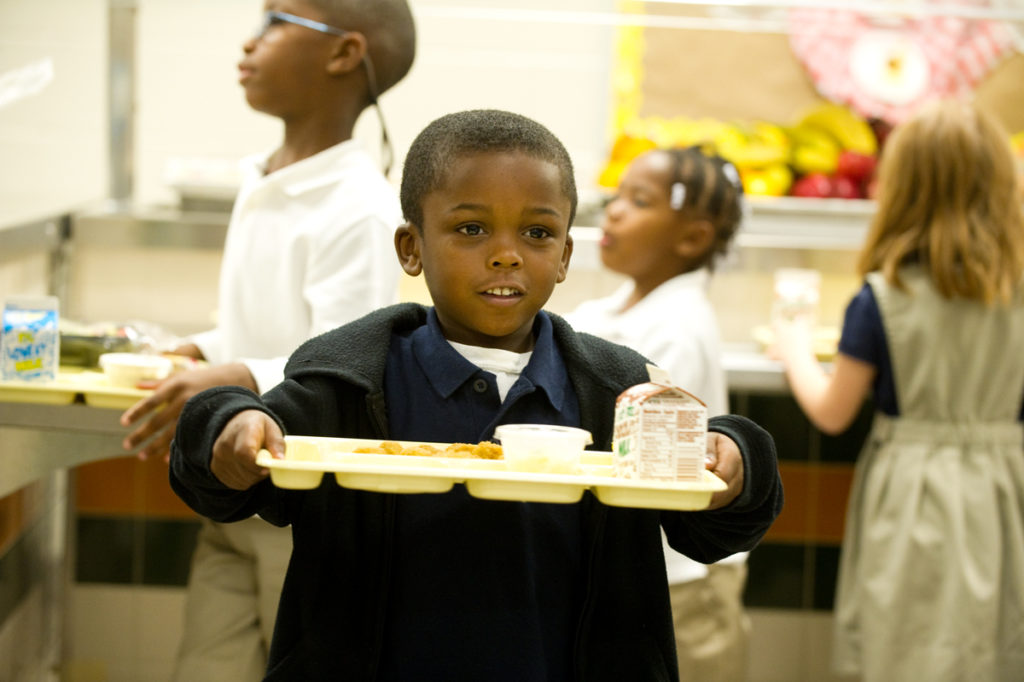Chewing on Ideas

 Like many educators these days, the teachers in my building have new initiatives added to our plates each year. We need (and want!) to collaborate as a faculty about them, but it’s difficult for us to find time to meet as a group. At my school we’ve found a solution that works well for us, and I wanted to share it with you.
Like many educators these days, the teachers in my building have new initiatives added to our plates each year. We need (and want!) to collaborate as a faculty about them, but it’s difficult for us to find time to meet as a group. At my school we’ve found a solution that works well for us, and I wanted to share it with you.
We call it “Lunch-n-Learn.” After heating up our lunches, we gather in the art room to “chew on” ideas, learn together, and compare notes during the 40-minute lunch and recess block. Last year staff at my school used this structure to explore ways of integrating PBIS with the teaching practices we already use. If you want to try something similar at your school, here are some tips that will help you carve out the time and make it successful.
1. Gather a team to lead the group.
First, take a look at the initiatives your school is tackling. What ideas do you need time to discuss? What topics require shared knowledge? Gather a few teachers willing to lead and begin planning together. A team approach works well because more ideas are represented and a variety of voices can be heard. In addition to classroom teachers, consider including special educators, support personnel, and special subject teachers as team leaders.
2. Decide on a schedule.
Next, think about how many opportunities for learning and reflection each initiative needs. Meetings can be weekly, bi-weekly or monthly based on the need of your faculty and the initiative. Take other team meetings that are already scheduled into account and plan your Lunch-n-Learn for days when the maximum number of faculty are free and can attend.
3. Choose a meeting space.
Libraries and art rooms are great spaces for Lunch-n-Learn meetings. They usually are large enough to accommodate a group, and they often have the technology you may need. Classrooms are another great option. In addition to the space and technology, teachers love to peek into each other’s classrooms, but often don’t have the time.
4. Set an agenda and stick to it.
Communicate your topic and goal to your colleagues before the meeting. Be sure to let people know what to bring, where to bring it and when.
Start the meeting with a simple adult-friendly greeting that provides an opportunity for teachers to connect with one another. Then, devote the majority of the time to the content and discussion, but plan time at the end for reflecting and thinking about how to implement. The amount of time you designate to each chunk depends on how much time you have for lunch. For example, a typical agenda at our school might look like this:
- Opening: “Micro-Wave” (3 minutes) p. 38 in 80 Morning Meeting Ideas for Grades K–2
- Content and Small Group Discussion: Read handout. Facilitate small group discussion by asking the question “What is one important idea you read about in the handout? How might it look in our school?” Allow staff to answer briefly. (20 minutes)
- Report Out to Large Group: Facilitators summarize and report out small group discussions to the entire group. (5 minutes)
- Reflection: Staff “turns and talks” to each other about the reflection question, “What is one idea you may try in your classroom tomorrow?” (5–7 minutes)
5. Make it interactive.
Plan the session around an interactive activity that will help your faculty understand new ideas. For instance, they could read an article and then “turn and talk” with an elbow neighbor about a focus question, or (if they have access to laptop or computers), they could explore a website and “turn and talk” about their observations. You might also use the time to have grade levels delve into an idea and plan for implementation. The activity doesn’t have to be complicated, but you should plan carefully and make sure to have the correct amount of copies, materials or technology ready.
6. The more the merrier!
Include special subject teachers, special educators and support personnel if the content applies to them. When we have Lunch-n-Learn meetings about PBIS, it is very helpful to have teacher assistants, the school psychologist, and our resource teachers at the meetings. Each professional offers a unique perspective that helps us all gain a greater understanding of the initiative and how it affects our students.
7. Reflect on the experience.
Finally, be sure to find a time for your team to huddle after the Lunch-n-Learn. Use this meeting to debrief and plan for the next time. Reflect on what worked well and what seemed to be challenging, and review notes you jotted down when facilitating the small group discussions. Make plans to address these observations at your next gathering. Or, if you ask attendees to respond to a reflection question as their “exit ticket” before the end of the Lunch-n-Learn, you can use that feedback for planning your next gathering.
Planning and implementing Lunch-n-Learn meetings can help your faculty find time to communicate and develop meaningful professional learning communities. I hope you give it a try! If you do, I’d love to hear how it goes!
Candace Roberts is a Responsive Classroom consultant, kindergarten teacher in Rhode Island, and Early Childhood Generalist.
Tags: Professional Community, Professional Development, Staff Meetings